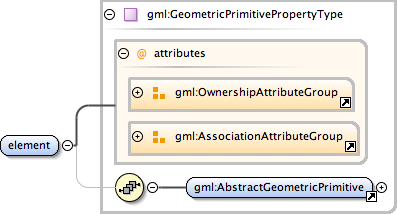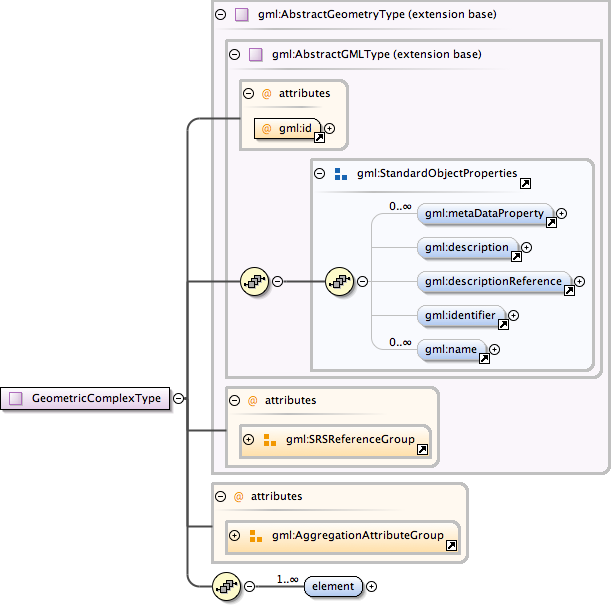| Namespace | http://www.opengis.net/gml/3.2 | ||||||||||||||||||||||||||||||||||||||||||||||||||||||||||||||||||||
|
Diagram
|
 |
||||||||||||||||||||||||||||||||||||||||||||||||||||||||||||||||||||
| Type | gml:GeometricPrimitivePropertyType | ||||||||||||||||||||||||||||||||||||||||||||||||||||||||||||||||||||
|
Properties
|
|
||||||||||||||||||||||||||||||||||||||||||||||||||||||||||||||||||||
| Model | gml:AbstractGeometricPrimitive | ||||||||||||||||||||||||||||||||||||||||||||||||||||||||||||||||||||
| Children | gml:AbstractGeometricPrimitive | ||||||||||||||||||||||||||||||||||||||||||||||||||||||||||||||||||||
|
Instance
|
|
||||||||||||||||||||||||||||||||||||||||||||||||||||||||||||||||||||
|
Attributes
|
|
||||||||||||||||||||||||||||||||||||||||||||||||||||||||||||||||||||
|
Source
|
|
||||||||||||||||||||||||||||||||||||||||||||||||||||||||||||||||||||
| Schema location | http://schemas.opengis.net/gml/3.2.1/geometryComplexes.xsd |
